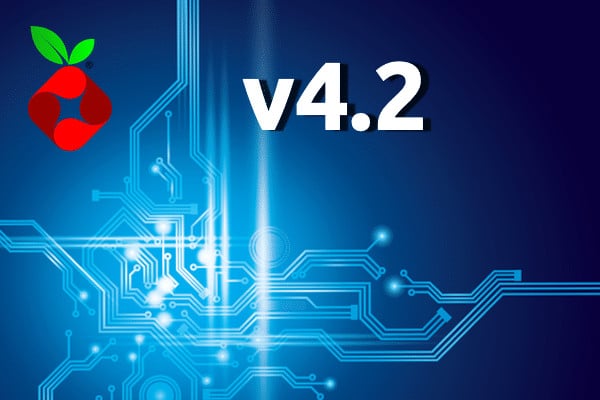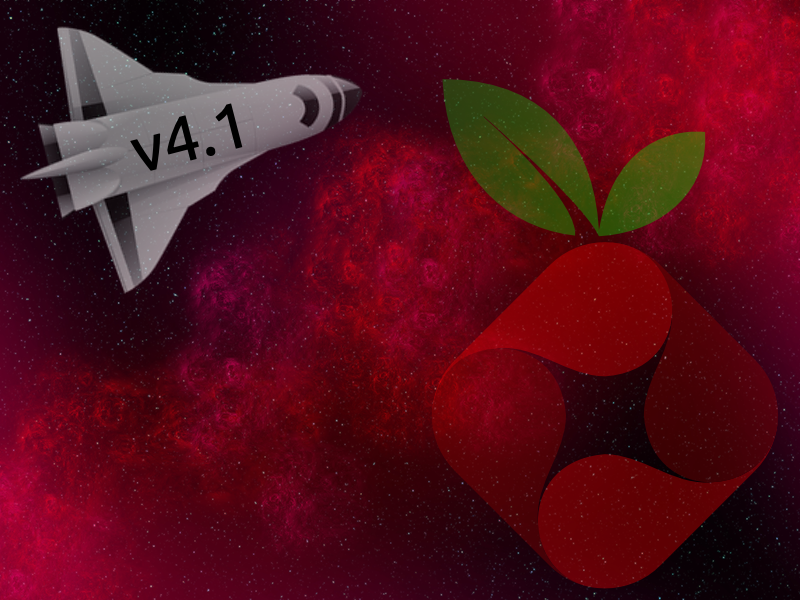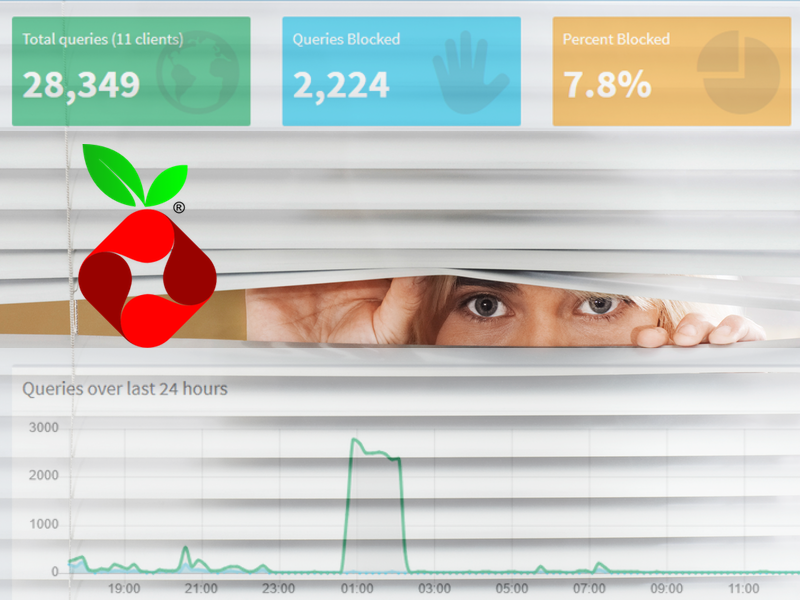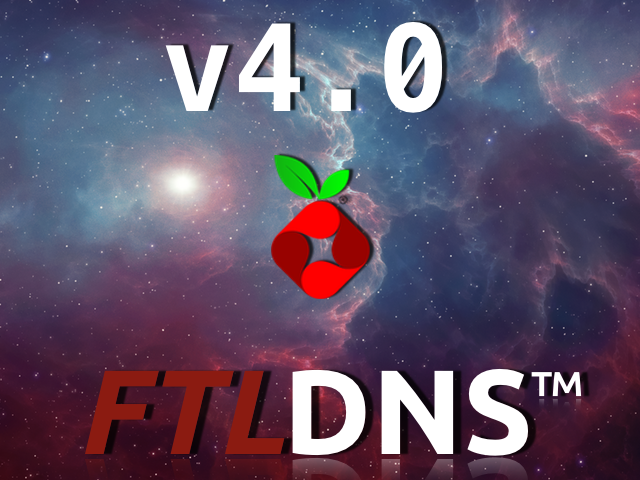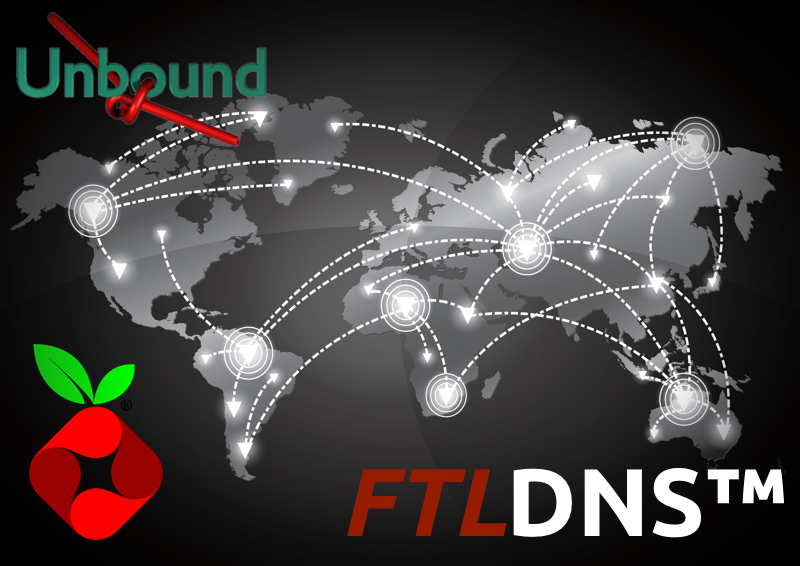Hotfix Release Of Pi-hole v4.2.2
We released two small updates to Core and FTL, which will bump both to version 4.2.2. In the Core codebase, some users experienced crashes if their systems were without libcap support which caused FTLDNS to run as root, later dropping to the unprivileged user pihole. As the shared memory objects used for FTLDNS are created…
Read more
